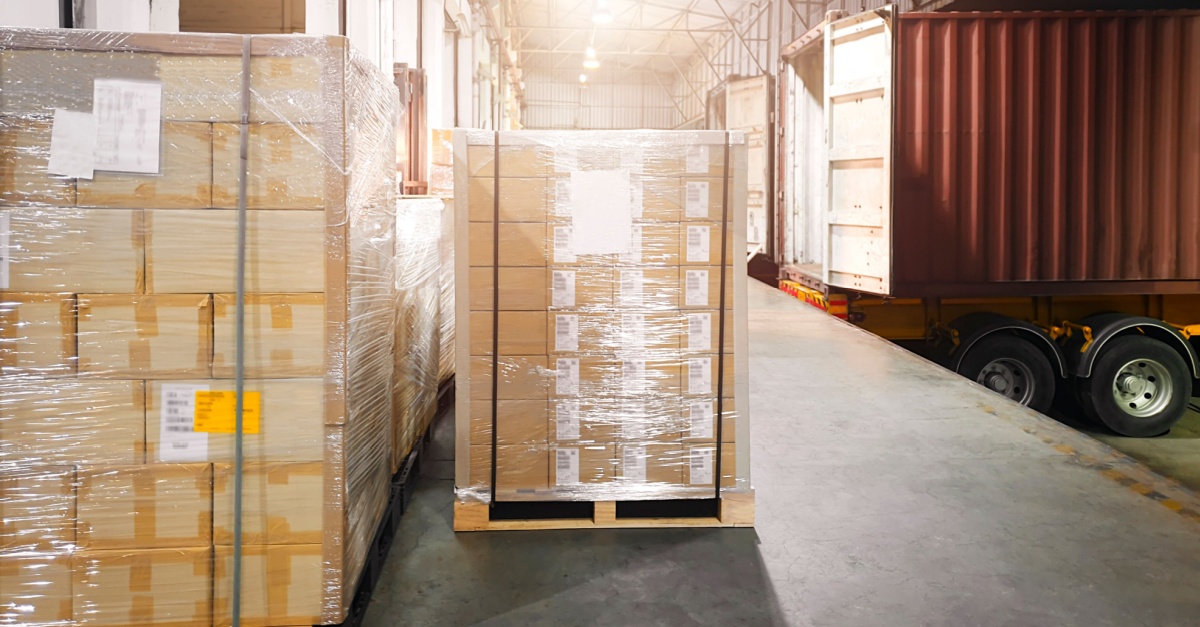As 2025 moves deeper into the third quarter, the U.S. freight and logistics industry continues to stay under pressure from multiple fronts. Weak consumer demand, soft factory output, and persistent overcapacity are keeping rates depressed while carriers confront mounting costs and regulatory hurdles.
Recent reports highlight how tonnage declines in the less-than-truckload (LTL) sector, shutdowns of long-standing California carriers, and shifting freight classifications are reshaping operating strategies. At the same time, some forecasts warn of lingering truck overcapacity until 2027, which will keep pricing power in the hands of shippers.
LTL Carriers Report August Volume Declines
In August, major LTL carriers reported weaker tonnage compared to last year. Old Dominion Freight Line, XPO, and Saia all saw year-over-year declines, while ArcBest’s asset-based segment bucked the trend with a 2% rise. Shipments per day also dropped across most carriers, and weight per shipment fell for all but Saia, which edged up 0.1%.
Despite sluggish demand, LTL companies did highlight pricing strength and revenue gains. Old Dominion posted a 4.7% increase in billed revenue per hundredweight, ArcBest lifted revenue per day by 1%, and Saia maintained slight shipment weight growth. ArcBest also expects $25 million in proceeds from real estate sales to bolster margins.
California Trucking Shutdowns Show Depth of Downturn
California’s trucking sector is reeling as long-standing providers collapse under the weight of a prolonged slump. TGS Transportation, a 150-truck carrier with 40 years in business, shuttered this summer after revenues plunged 15-20% annually since 2022. Its closure, alongside midsize operator GSC Enterprises, has rattled industry confidence.
Analysts note that even as tens of thousands of smaller carriers exited, the U.S. still has excess trucking capacity, which has kept rates suppressed. Rising labor, insurance, and equipment costs have deepened the pressure. California carriers face added strain from strict emissions rules and employment laws limiting contractor use.
NMFC Reclassification Brings Adjustments to LTL Market
The July 19 update to the National Motor Freight Classification (NMFC) system, shifting more freight to density-based pricing, has been less disruptive than feared, executives said at the 2025 FTR Transportation Conference. Pitt Ohio VP Shawn Galloway compared the rollout to a “Y2K moment” that passed with little turmoil.
But the challenges remain. Shippers must now measure freight space more precisely or risk costly reclassification fees, which will push some toward training or new dockside processes. Echo Global Logistics reported that many shippers are opting to pay fees rather than overhaul workflows. The National Motor Freight Traffic Association (NMFTA) is already soliciting feedback on further revisions (Docket 2025-2), signaling a gradual but steady shift toward dimension-based pricing.
FTR Projects Truck Overcapacity to Persist Until 2027
According to FTR Transportation Intelligence, excess truck capacity will likely remain a defining feature of the U.S. market through 2027. At the firm’s annual conference, Vice President Avery Vise said active truck utilization has hovered between 92% and 94% since 2024, with little improvement expected until later this decade.
Despite widespread bankruptcies, small fleets remain 39% above pre-pandemic levels, while large carriers have shed drivers. This imbalance has kept rates soft, with contract dry van pricing forecast set to rise only 1.5% in 2025 and 1.2% in 2026, which will be below inflation. Without a strong demand catalyst, carriers are focusing on productivity gains, though midsize fleets may face heightened insolvency risk.
Port Volumes Face Sharp Declines as Tariffs Weigh on Trade
After a near-record surge in July, import volumes at U.S. container ports are projected to fall steadily through year-end under the weight of escalating tariffs. Ports handled 2.36 million TEUs in July, up 20.1% from June and 1.8% year over year as retailers pulled forward shipments ahead of tariff hikes.
However, the National Retail Federation forecasts steep declines: September volumes down 6.8% year over year, October off 13.2%, and December sliding 20.1% to 1.7 million TEUs, the weakest since March 2023. NRF’s Jonathan Gold warned that reciprocal tariffs and shifting trade policies are driving costs higher and hindering long-term planning. A federal court ruling challenged the administration’s tariff authority, but measures remain in place pending appeal.
Navigate the Freight Crisis with Wicker Parker Logistics
In times of supply chain uncertainty, having an expert partner at your side is essential — and that’s exactly what Wicker Parker Logistics delivers.
With decades of industry experience, advanced logistics and transportation technology, and a consultative approach, we provide on-demand transportation across FTL, LTL, flatbed, hot-shot, and reefer. Every shipment comes with full, end-to-end visibility, so you can track progress in real time and act with confidence.
Contact us for a quick quote today.


.jpg)












